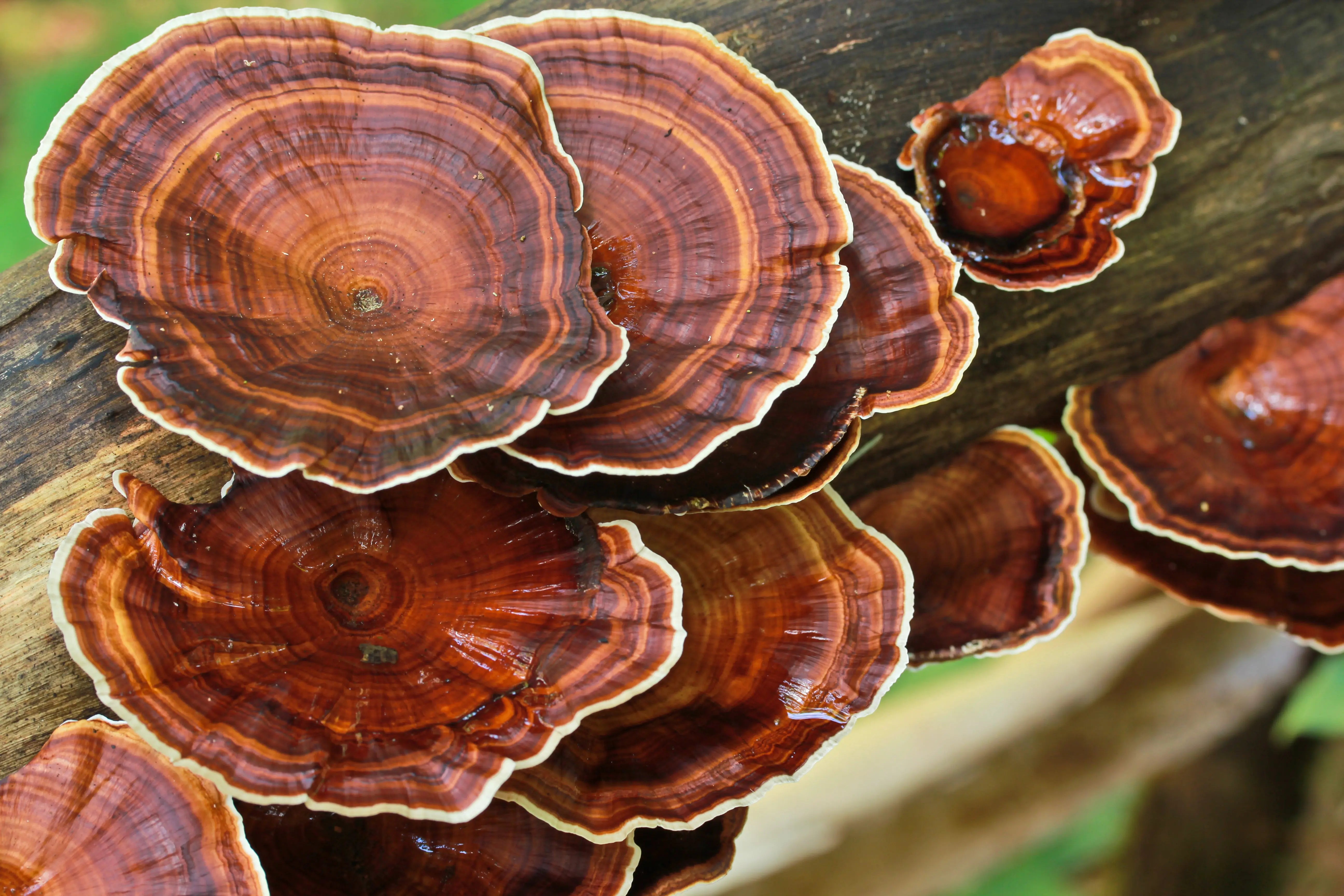SO MANY DIFFERENT THINGS!
First, Reishi is widely recognized as a mushroom that is believed to fight cancerous tumors in a few key spots throughout the body. The anti-tumor properties of the herb have long been recognized in traditional Chinese Medicine. Prostate cancer and stomach cancer are the two primary conditions the mushroom may be used to treat, but there are other various conditions involving benign tumors that Reishi may assist with as well.
Anti-Tumor Properties
The evidence for Reishi’s effectiveness as an anti-cancer remedy is still up in the air, but many physicians agree that Reishi in combination with a couple of other vital herbs can, in fact, help those conditions, at least in the long term. The chemicals in the Reishi Mushroom are a powerful and unique combination of phytonutrients and fungal nutrients that can have a wide range of effects on your body.
The immune system is said to benefit significantly from the chemicals in Reishi. Reishi helps your body better recognize lingering threats and unhealthy bacteria that remain dormant within your system. It’s primarily teaching your immune system about things it might have overlooked. Bacterial imbalances in the intestine and in the stomach are one of the first things that may be regulated with Reishi. But it’s also said to have a powerful effect on stomach ulcers and may even help control digestion in those with Irritable Bowel Syndrome.

Appearance and Classification
First off let’s settle that Reishi is a variety of around 8 different mushrooms that can range in color. Blue, yellow, green, orange, white, red All of these types have slightly different properties based on their color, with red being the most beneficial and potent!
So Red Reishi, why is it unique?
Well, the red variety is what’s said to have the most potent anti-tumor properties, as in they can potentially fight cancer with the most efficiency. Red Reishi has been utilized in tea and even powdered form. While the taste isn’t exactly the best, the mushroom has held a spot in herbalists’ hearts for centuries. (You won’t find a chef putting these in just any old dish).
So now that we’ve talked a little about the colors let’s get down to the origins. It’s said to have been initially found in China even though the fungal caps have been located as far south as Japan! Typically, the red variety is centered around the Chinese regions, this is only because the color will change depending on the amount of Co2 present in the environment. The higher the Co2 levels, the smaller and brighter the cap!

How does it survive?
Usually, the mushroom can be found growing on the rotting carcasses of many different species of Maple, but all wood can be fair game to this heavy-hitting fungus. Some countries have even gone as far as to classify the mushroom as a parasite because of its tree hugging tendencies. (But we know better)
"The Mushroom of Immortality"
Either way, this mushroom has been used for centuries to great effect. Chinese practitioners would technically call it Ling Zhi, which meant mushroom of immortality. Japanese culture, on the other hand, would refer to it as, the ten-thousand-year mushroom because of its ability to give extended life. Even to this day, the Japanese government labels Reishi or Red Mushroom as a proven cancer treatment. While here in the United States, the studies are a little less conclusive. Naturally, our instinct is to side with the ones who have been using the remedy since the dawn of civilization! While it may not be a cure-all, it has a solid spot on the top of the herbal chain.




Share:
Learn The Herbs: Licorice Root
Learn the Herbs: Valerian Root